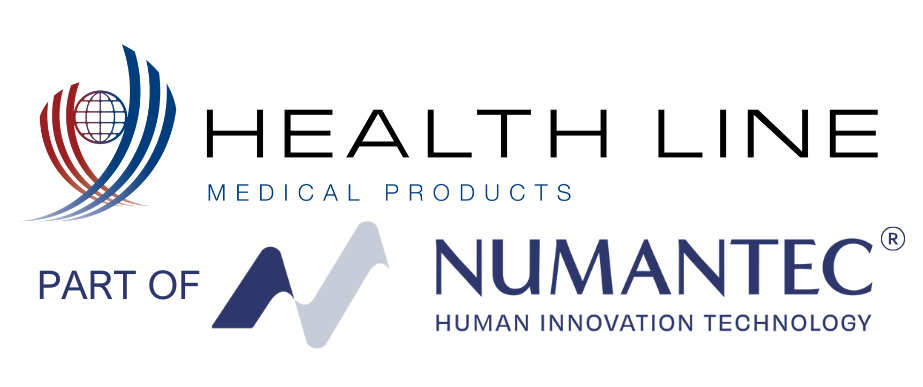The Beneficial Role of PICC Lines in Infusion Therapy
In the landscape of modern healthcare, infusion therapies have become indispensable for patient care, offering tailored treatment solutions for a variety of conditions spanning from infections to chronic diseases. Among the array of methods for administering these therapies, the Peripherally Inserted Central Catheter (PICC) line is a versatile and efficient tool.
The Infusion Therapy Standards of Practice provide crucial guidance on the utilization of PICC lines for infusion therapies. PICC lines enable long-term intravenous (IV) access for administering medications, fluids, blood products, and nutrition directly into a major vein near the heart. These standards underscore that peripherally inserted central catheters (PICCs) are apt for infusion therapies necessitating prolonged intravenous access, such as:
Extended IV treatments lasting weeks or months, like antibiotics for severe infections, chemotherapy for cancer, or total parenteral nutrition (TPN) for nutritional support.
- Administration of caustic or irritating medications that could harm smaller peripheral veins if administered through a regular IV line. The PICC line delivers these medications into larger central veins for better dilution.
- Simultaneous delivery of multiple IV medications or fluids, as PICC lines can accommodate 1-3 lumens (channels).
- Reducing the need for frequent needle sticks and enabling patients to receive infusion therapies at home, thereby improving quality of life and cutting healthcare costs.
- Ensuring proper care and maintenance by patients/caregivers to prevent complications such as infections or blockages.
What is a PICC Line?
A PICC line is a lengthy, slender, flexible tube inserted into a peripheral vein, typically in the upper arm, and advanced until the tip reaches a major central vein near the heart. This positioning facilitates the direct delivery of medications, fluids, blood products, and nutrition into the bloodstream. PICC lines are distinguished by their durability, often remaining in place for weeks to months, thereby minimizing the necessity for repeated venipunctures.
What are the advantages of PICC Lines?
The utilization of PICC lines offers several advantages that contribute to enhanced patient care and treatment outcomes. Firstly, PICC lines provide a dependable access route for infusion therapies, reducing the discomfort associated with frequent needle sticks, especially in patients requiring prolonged treatment. Secondly, their central venous placement permits the administration of medications with high osmolarity or irritant properties, which may not be suitable for peripheral infusion. Additionally, PICC lines facilitate the simultaneous administration of multiple medications and fluids, optimizing treatment regimens and patient convenience. Furthermore, their long-term functionality minimizes the risk of vascular depletion, thrombosis, and phlebitis associated with peripheral catheters, thereby improving patient safety and comfort.
What are PICC Lines used for?
The versatility of PICC lines renders them indispensable across various clinical settings and patient populations. In oncology, PICC lines serve as a primary access route for chemotherapy, ensuring the safe and efficient delivery of cytotoxic agents while minimizing the risk of extravasation and tissue damage. Similarly, in the management of infectious diseases, PICC lines enable the administration of prolonged antibiotic therapy, facilitating optimal drug concentrations and treatment efficacy. Moreover, in patients requiring long-term parenteral nutrition or intravenous hydration, PICC lines offer a reliable means of nutrient and fluid delivery, supporting nutritional adequacy and hydration status.
In summary, the Infusion Therapy Standards of Practice provide comprehensive, evidence-based recommendations supporting the appropriate use of PICC lines for the safe administration of long-term infusion therapies across all care settings, including the home environment. The Standards emphasize that PICC insertion, care, and maintenance should adhere to evidence-based practices to prevent complications such as infections, thrombosis, dislodgement, and occlusions. Proper securement, flushing, and dressing changes are critical for ensuring PICC safety and patency.
Explore our range of PICC Lines, customized to meet your unique requirements with a variety of configurations. Designed to satisfy the needs of both medical professionals and patients, our vascular access devices stand out as the best option. Please contact us today for more information about our products and for a custom quotation.
References:
Nickel, B. et al., (2024, January/ February) Infusion Therapy Standards of Practice 9th edition. Journal of Infusion Nursing. https://www.ins1.org/publications/infusion-therapy-standards-of-practice/
Sapkota, S. et al.,(2021, Junio 15) Analysis of Peripherally Inserted Central Catheter Line in Cancer Patients: A Single-Center Experience. National Library of Medicine. https://www.ncbi.nlm.nih.gov/pmc/articles/PMC8205555/
Leynes, T. et al.,(2020, October 7) Peripherally Inserted Central Catheter (PICC Line). Hospital for Special Surgery. https://www.hss.edu/conditions_picc-insertion-procedure.asp
